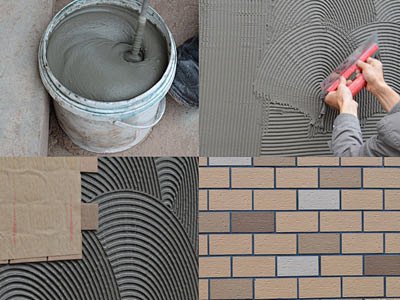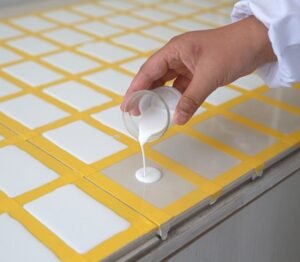While hydrophobic powders shield materials from water ingress, water reducers compact the internal structure. But can these two technologies coexist? This article decodes their synergy through MIT research and field applications.
1. Key Differences
| Aspect | Hydrophobic Powder | Water-Reducing Powder |
|---|---|---|
| Primary Role | Water repellency (Contact angle>90°) | Density improvement (W/C reduction) |
| Mechanism | Surface modification | Particle dispersion |
| Dosage | 0.5-3% by weight | 0.05-0.5% by cement |
| Performance | Capillary absorption <0.1kg/m²·h | Compressive strength +25% |
▶ Pro Tip:
“Think of hydrophobizers as umbrella and water reducers as vacuum sealers – combined they create ‘bulletproof’ matrices.”
–Dr. Emily Wong, MIT Civil Engineering Lab
2. Winning Combinations
Case 1: Self-Leveling Gypsum (Lab Verified)
Formula:
0.15% PCE superplasticizer (flow 160mm)
0.8% silane-microencapsulated hydrophobic agent
Result: 72h water absorption dropped from 15% to 4% without slump loss.
Case 2: Tunnel Waterproofing Mortar
Singapore MRT Project:
Hybrid system: Naphthalene-based reducer (0.3%) + stearate (1.2%)
Achieved P12 permeability (BS EN 12390-8) with 18% less mixing water.
3. Compatibility Guidelines
Do:
Add water reducer first, mix for 60s before introducing hydrophobizer
Use non-ionic hydrophobizers (e.g., silicone resins) with PCE superplasticizers
Don’t:
Exceed 2% total additive content (risk of delayed setting)
Mix cationic hydrophobizers with anionic reducers
4. What’s Next?
Self-Healing Systems:
New microcapsule-based additives from Dow can simultaneously repel water (130° CA) and repair cracks (autogenic healing).
Carbon-Negative Solutions:
Bio-based hydrophobizers derived from algae (CarbonCure Tech) reduce embodied CO₂ by 35%.



